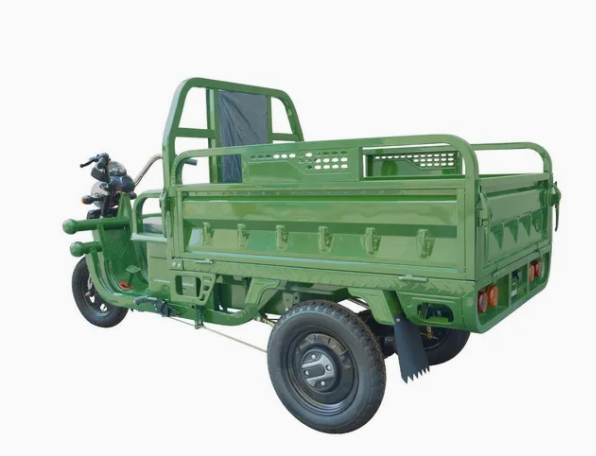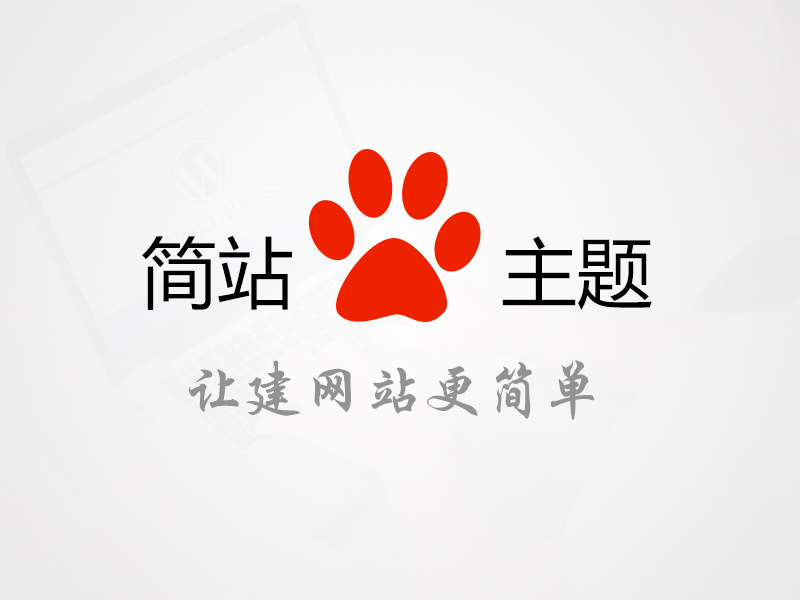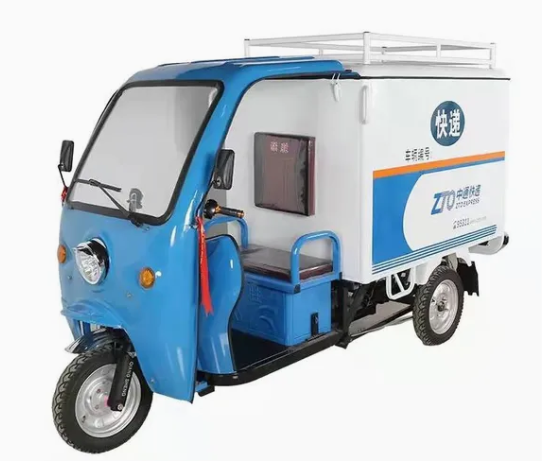What is the market size of the Global Electric Cargo Three Wheeler Market?
News 2022-06-14
Global Electric Cargo Three Wheeler Market Size Analysis
The global electric cargo three wheeler market size is estimated to be worth around USD 8.57 billion in 2023 and is projected to grow to approximately USD 22.95 billion by 2032, exhibiting a CAGR of 12.9% during the forecast period.
The global electric cargo three-wheeler market, valued at $2.5 billion in 2022, is accelerating toward a transformative future. Imagine a street vendor in Mumbai effortlessly navigating narrow alleys with 500 kg of vegetables, a logistics company in Shenzhen cutting delivery costs by 40%, or a farmer in Nigeria transporting crops without worrying about fuel prices – these scenarios all share one silent protagonist: the electric cargo tricycle. Behind its unassuming appearance lies an economic revolution reshaping urban logistics across three continents.
This market’s 18.3% annual growth trajectory positions it to reach $7.1 billion by 2030. The secret sauce? A perfect storm of practicality meeting necessity. Take the LB150 model from China – its 800W motor and 60V battery system can haul 300 kg through muddy farm roads while costing less than a month’s diesel expenditure tricycle that’s becoming ubiquitous across Southeast Asia, combining a 150 km range with a $300 monthly payment plan tailored for micro-entrepreneurs. These aren’t just vehicles; they’re mobile profit centers turning logistical headaches into competitive advantages.
Four tectonic shifts are fueling this growth. First, urbanization’s paradox: 55% of the world’s population crammed into cities generating 80% of GDP, yet 40% of urban freight trips involve distances under 10 km – the sweet spot for electric trikes. Second, the economics of desperation: When India’s three-wheeler drivers realized charging costs were 70% cheaper than fuel, adoption rates jumped 300% in 18 months. Third, regulatory catalysis – Beijing’s “Blue Sky” mandate requiring 50% electric logistics vehicles by 2025 is creating domino effects across supply chains. Fourth, the silent productivity revolution: Vietnam’s street vendors report 30% more daily deliveries using trikes versus traditional carts.
The market’s DNA splits into three strands. The 48-60V battery segment dominates emerging markets, offering the golden triad of affordability (starting at $350), durability (3-5 year lifespans), and repairability. Lithium-ion models, while 40% pricier upfront, are capturing premium markets through 8-hour quick-charge capabilities and 10,000-cycle durability. Regional variations tell their own stories: Africa’s market grows 22% annually driven by solar-charged trikes, while Europe’s niche but high-margin cold-chain models (think temperature-controlled compartments for pharmaceutical deliveries) command $12,000+ price tags.
Competitive landscapes reveal fascinating asymmetries. Chinese manufacturers control 65% of global production through vertical integration – a single Guangdong factory can source 80% of components within 50 km. Yet India’s localized players fight back with hyper-customization: Auto rickshaw workshops in Chennai will modify cargo beds for flower vendors or ice cream sellers within 48 hours. The battleground now shifts to software, with telematics systems enabling fleet managers in Jakarta to monitor 200 vehicles’ battery health and routing efficiency in real-time.
Peering into 2030, three trends emerge. Battery swapping stations are projected to outnumber gas stations in India’s top 10 cities by 2028. Autonomous loading prototypes being tested in Chinese industrial parks could reduce loading times by 70%. Most crucially, these humble vehicles are becoming data goldmines – a single delivery trike in Bangkok generates 2 TB of operational data annually, enabling predictive maintenance and route optimization that slash operational costs.
This isn’t just about replacing smoke-belching engines. It’s a grassroots mobility revolution where every dollar saved on fuel gets reinvested in children’s education, every reduced emission translates to fewer asthma cases, and every optimized delivery route strengthens small businesses’ viability. The electric cargo three-wheeler market, in its unassuming way, is quietly rewriting the rules of urban economics – one charged battery and one satisfied customer at a time.
Valued at $2.5 billion in 2022, the electric cargo tricycle sector is projected to reach $7.1 billion by 2030, growing at an 18.3% CAGR. This growth stems from urbanization pressures, emission regulations, and operational cost efficiencies. Emerging markets drive volume through sub-$500 models like the LB150 farm trike, while technological innovations in battery density (increasing 7% annually) and payload capacity (now averaging 800kg) expand commercial applications. Regional analysis shows Asia-Pacific commanding 68% market share, with Africa’s solar-compatible models becoming the fastest-growing segment. The market’s true disruption lies in its ability to convert informal economy logistics into trackable, electrified systems – a 300% ROI improvement observed in early-adopting businesses.



